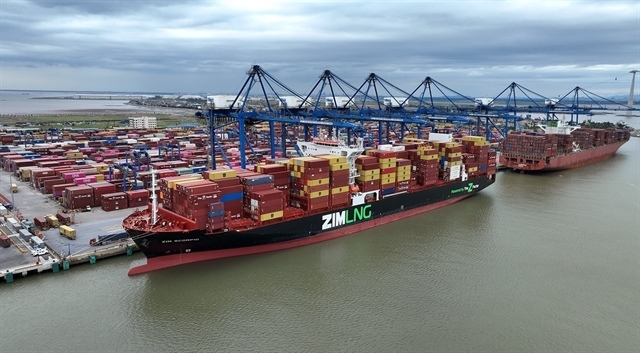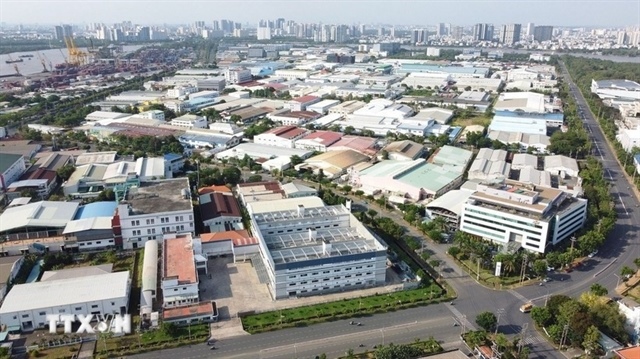Stability must be a focus
Stability must be a focus
Dr. Vo Tri Thanh, vice director of the Central Institute for Economic Management, spoke to the Saigon Times Daily on the country’s economic situation from now to the year’s end. Excerpts:
There is suspicion that rapid interest rate cuts are signs of monetary easing. What do you comment on this?
In theory, how interest rates are set reflects the reality of money supply. However, the relationship between interest rates and money supply in Vietnam has always been unclear. Sometimes, interest rates pick up, and so does money supply, or vice versa. At present, interest rates are in decline but money supply does not rise.
Earlier this year, interest rates were brought down rapidly, with deposit rates slashed from 14% to 9% per year, but money supply M2 did not surge as a result. Term and non-term deposits by corporate and individual customers rose some 8% in the first eight months of the year, but credits only inched up 1.03% by mid-July, with corporate and government bonds already factored in. Even credits for the sectors prioritized by the Government did not grow either. Credits for agriculture picked up 3% and export credits grew 7%, but overall there was virtually no increase.
The central bank has set a credit growth target of 8-10% early this year. What do you think?
- The central bank wants credits to rise 8% in the remaining months, but I think it is very difficult. I hope it would be 5-6%. Still, if credits did not grow stronger in September, leaving it all to the fourth quarter, it would be a different story. When the increase happens is very important, and next year should be taken into account too.
In your opinion, will there be further interest rate cuts?
- Chances are slim from now to the year’s end because of the discretion of authorities. The economy could not absorb monetary and fiscal policy loosening in the final months, although this was already planned.
But there have appeared signs of monetary and fiscal easing?
- Fiscal loosening means sticking to the plans. In the first six months, only VND12.7 trillion was disbursed each month. Now, according to the plan, VND21-22 trillion must be disbursed every month in the second half of the year. As for monetary policy, I don’t think it has been loosened as credits have barely grown.
Despite little growth, credits stay very high compared to GDP. Could you explain any link between credits and the current economic downturn?
- In economics, we are interested in margins. Credit growth has slowed down markedly, from 30% in 2010 to 12% in 2011 and a mere 1% now. Such a slowdown, plus falling consumer demand and sentiment, has caused money flows to decelerate.
What are your forecasts of economic trends in the years to come?
- (Economic woes) will continue. The way the world, or Vietnam, rescued the economy in the 2008-2009 crisis cannot be repeated. At the time, it was essentially pumping money through fiscal and monetary policy. Injecting money into the economy is an impossible mission at the moment since different and sustainable solutions are preferred. This is a turnaround for not only Vietnam but also the world economy. Growth and development models should be changed, leading to pain and loss of time.
In short, stability must be a focus, instead of injecting money into the economy. Moreover, stability is a prerequisite to change the way of doing business or making investments.
As for the world, there are currently four imbalances that require time to handle. The first imbalance lies between the real economy and the virtual one when financial bubbles are too big. The second is between the real economy and sustainable development and the environment. The third is the East-West imbalance, meaning the U.S. always suffers deficits, while East Asia has economic, trade and investment surpluses. And the last is the internal imbalance such as the euro zone public debt crisis. These four issues cannot be addressed soon























